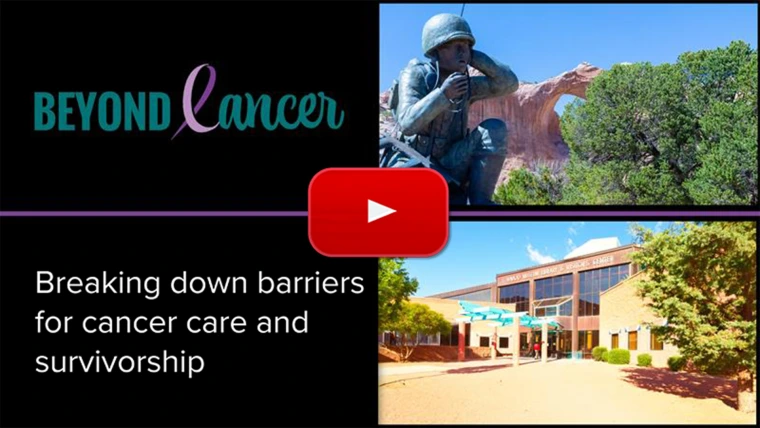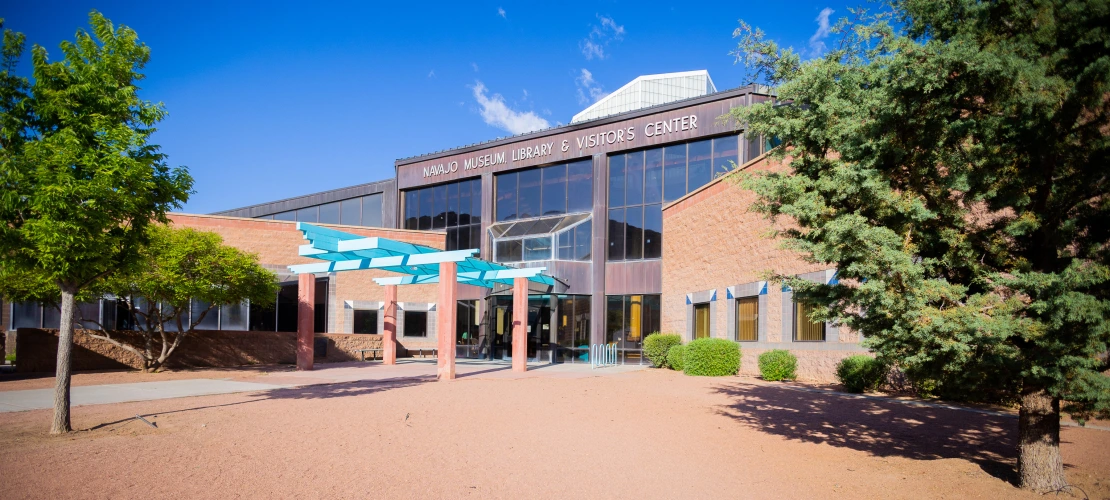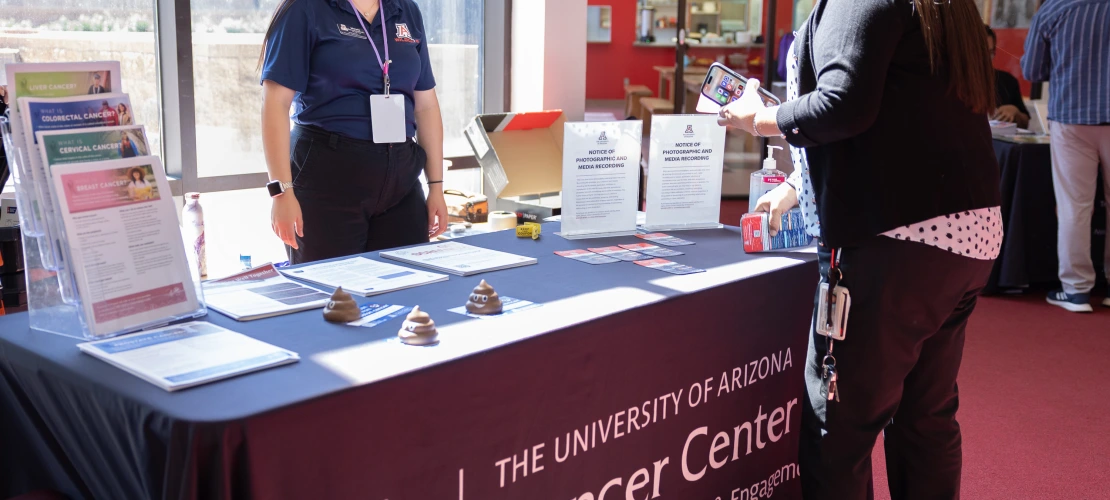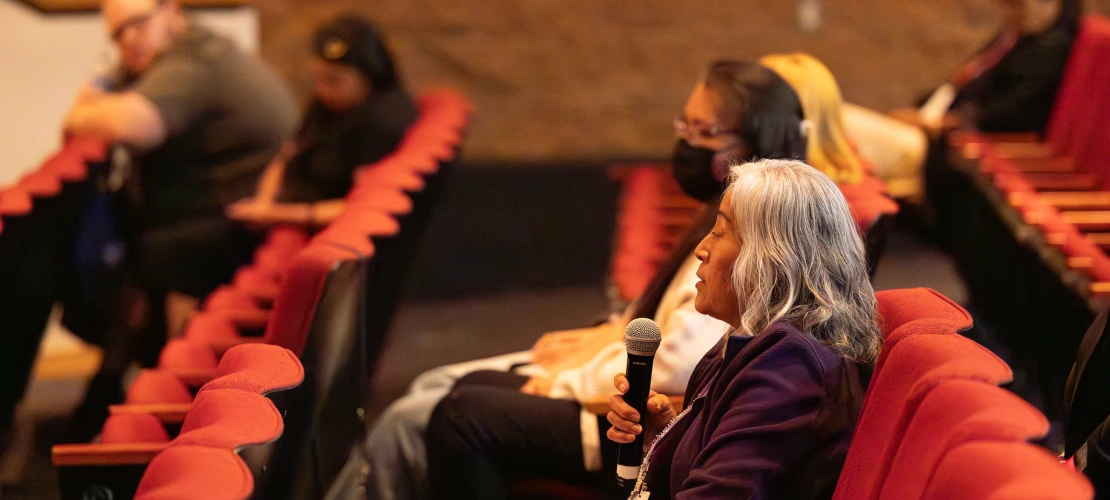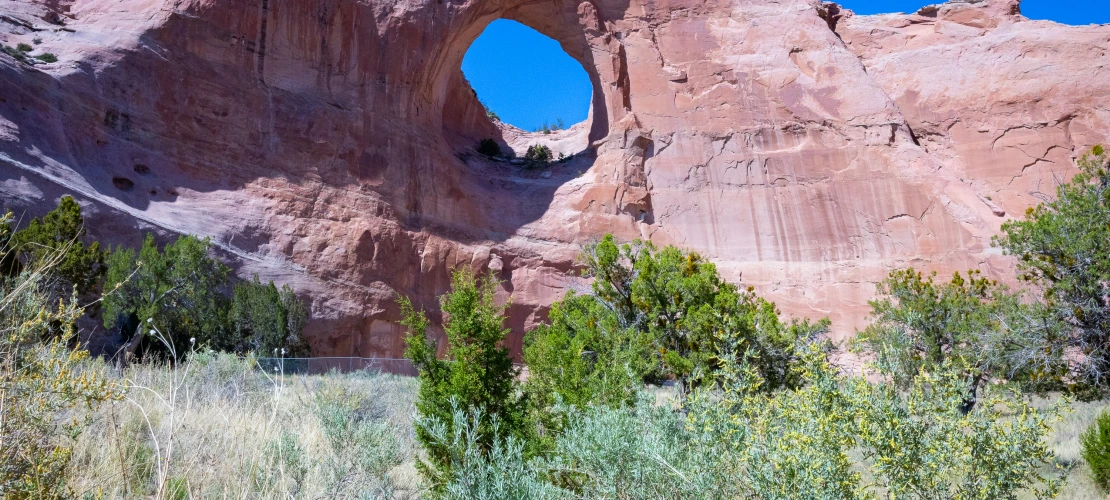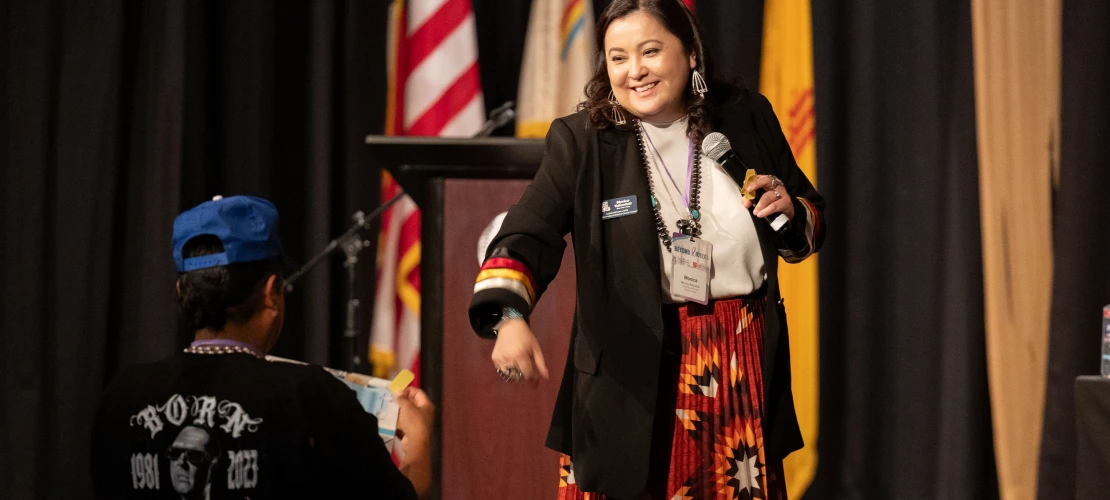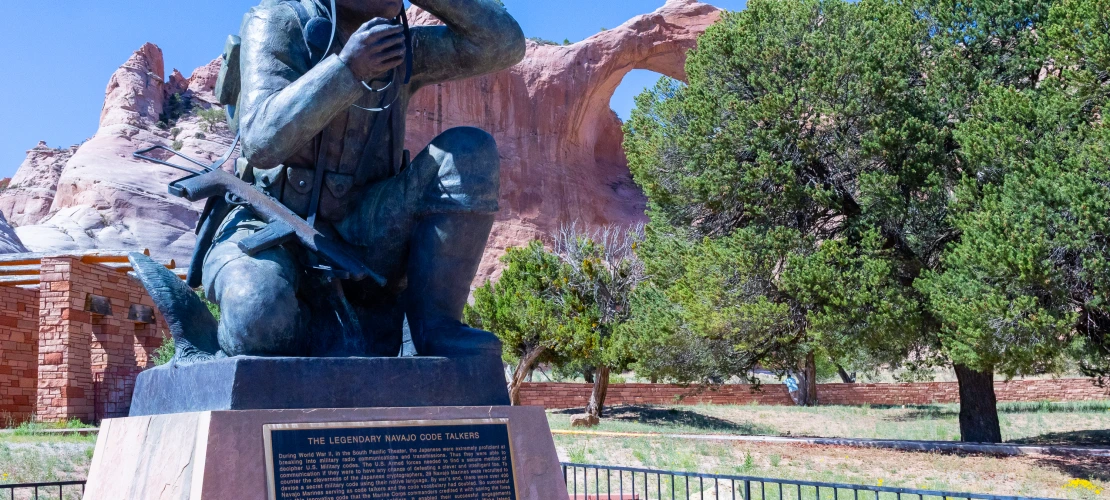Beyond Cancer: Addressing health disparities on the Navajo Nation
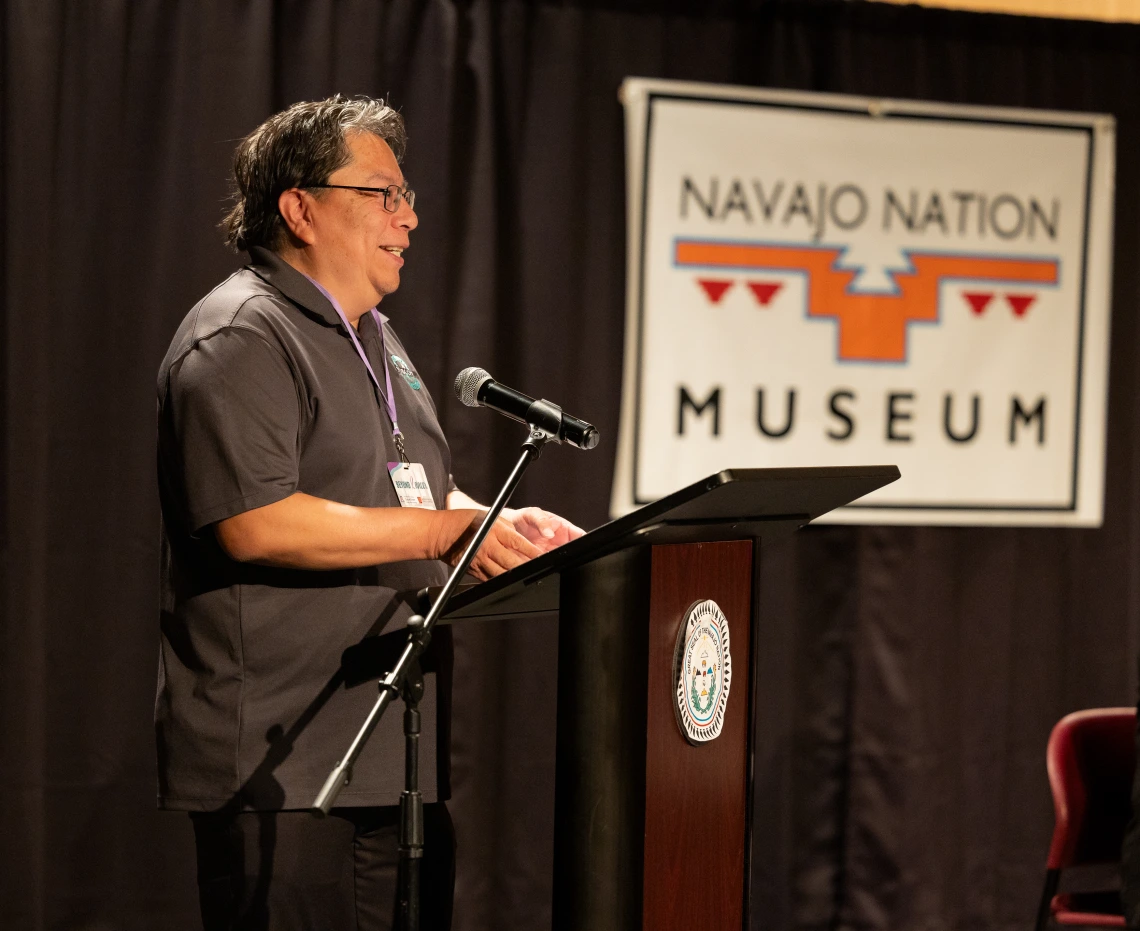
The University of Arizona Comprehensive Cancer Center Community Outreach and Engagement team collaborated with the Navajo Nation Breast & Cervical Cancer Prevention Program to host the Beyond Cancer conference on June 12 in Window Rock, Arizona.
Though this was their first joint event, the two organizations have worked together often over the years with the common goal of educating their community on cancer prevention and early screening.
“Of the many Beyond Cancer conferences we have hosted, the Navajo Nation Breast and Cervical Cancer team has sent someone to all of them,” said Monica Yellowhair, assistant director of the cancer center’s Office of Community Outreach and Engagement. The Navajo Nation is approximately 27,000 square miles of land that includes Utah, Arizona, and New Mexico. It is the biggest Native American reservation in the U. S. with about 173,000 people residing within its borders.
According to the Navajo Epidemiology Center, the Navajo Nation had 2,981 cancer cases from 2014-2018, with the leading types being breast, colorectal, and kidney. The mortality rate for Navajo Tribe members is also significantly higher in prostate and lung cancer than for the non-Hispanic white population in Arizona and New Mexico.
When addressing these statistics, Curtis Briscoe, Navajo Nation Breast & Cervical Cancer Prevention program director, said their program is focused on cancer prevention, early detection and screening. He also suggested this conference could help start discussions that are not often had within families of Navajo Nation tribe members who are diagnosed with cancer.
“There’s an opportunity here to bring resources across the state, or even country to bring up important topics,” Briscoe said.
He said that their cancer education includes topics such as getting comfortable discussing cancer, diagnosing and living with cancer, taking care of yourself with cancer and eating healthy when dealing with cancer.
“The idea is to educate ourselves as we educate others about that process,” Briscoe said.
Attendees journeyed from all parts of the reservation for this conference to receive education about addressing cancer disparities within their community, learn about valuable resources, and connect with a network of support.
“Something that’s really great about Beyond Cancer is that they’ve traveled all over the state getting different perspectives from different communities,” Briscoe said about COE. “It’s really important because the state of Arizona is so diverse. There are over 20 tribes, and different kinds of communities––some are urban like Phoenix or rural like here on Navajo. Beyond Cancer is really going to impact the communities and provide an opportunity for these different entities and resources to come together."
